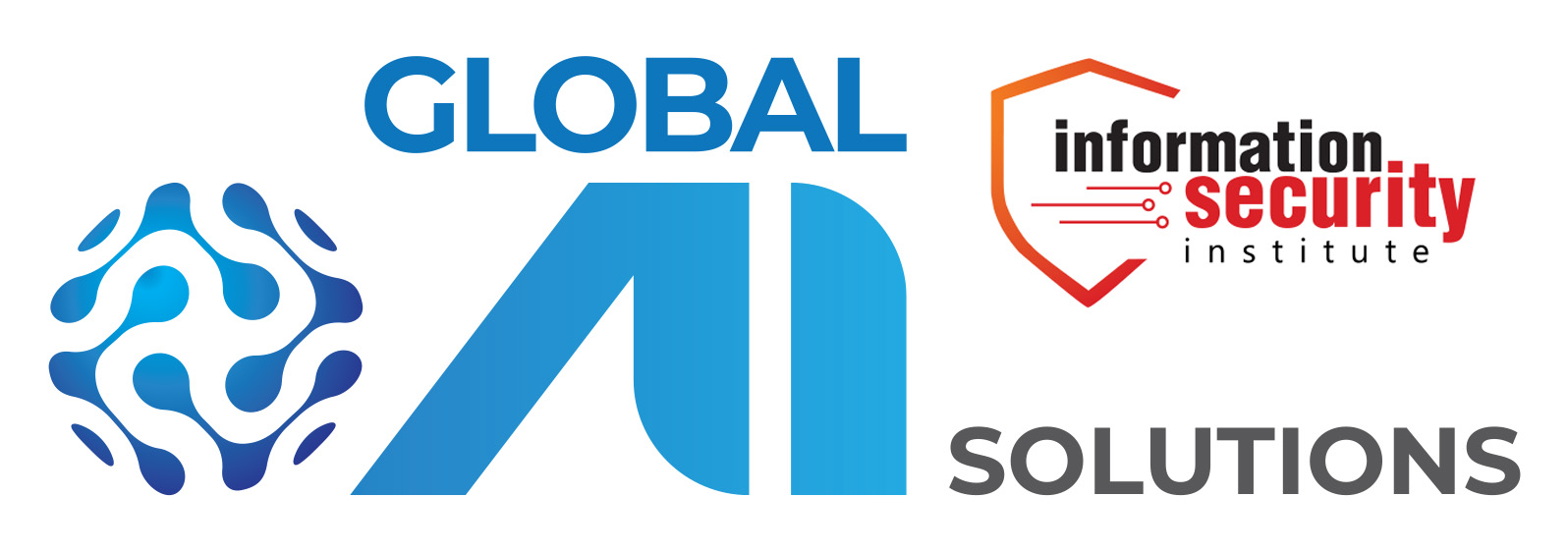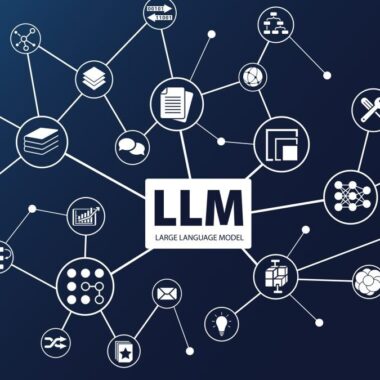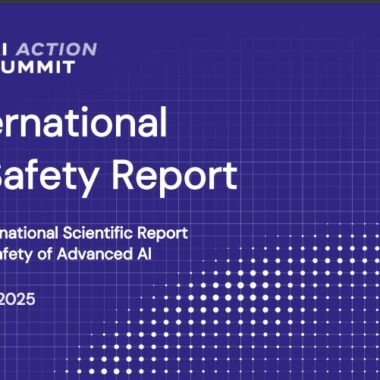A fundamental shift in organisations’ operations caused by AI metrics, measuring, mapping, management, monitoring, models, metadata, and misinformation is so different from what we are used to that AI is not “business as usual”. Most businesses will experience AI processes requiring significant technological, cultural, skills, and governance shifts.
Unlike traditional technologies, AI introduces complexities that demand specialised expertise, continuous adaptation, structure and new ways of thinking. Here are the main reasons why AI is a departure from the norm:
1. Complexity of AI Systems
– Advanced Algorithms and Data Requirements: AI systems, especially machine learning (ML) and deep learning models, rely on vast amounts of high-quality data and intricate algorithms. Managing and curating these datasets, training models, and ensuring accuracy require specialised knowledge that differs from traditional IT operations.
– Tailored Solutions: AI is often highly customised to specific use cases, meaning businesses cannot rely on off-the-shelf solutions like they might with standard software or hardware. Developing AI models is more iterative and experimental, requiring constant tuning and validation.
2. Skillset and Talent Gap
– Specialized Expertise: AI demands experts in data science, machine learning, natural language processing (NLP), computer vision, and related fields. Many organisations lack in-house talent with the required skills, making it necessary to invest in upskilling or hiring, which is not a common challenge in routine business operations.
– Collaboration Between IT and Business Teams: AI implementations necessitate cross-functional teams where data scientists, engineers, and business strategists collaborate closely. This integrated approach is not typical in most businesses, where IT departments and business units operate more independently.
3. Cultural Shift and Change Management
– Adoption Challenges: AI-driven transformations impact workflows and decision-making processes. Employees must be trained not only to use AI tools but also to trust and interpret AI-driven insights. This requires significant cultural change and a shift in mindset from traditional, experience-based decision-making to data-driven, automated processes.
– Resistance to Change: AI often automates tasks previously handled by humans, leading to concerns over job displacement and resistance from employees who may feel threatened. Managing this change is a significant challenge for leadership and HR.
4. Ethical, Legal, and Governance Issues
– Bias and Fairness: AI systems can inadvertently perpetuate biases present in training data, leading to unfair outcomes in areas like hiring, lending, and law enforcement. Ensuring ethical AI practices involves setting up bias detection, mitigation, and accountability processes outside the scope of standard business governance.
– Regulatory Compliance: Depending on industry, AI technologies may be subject to strict regulations regarding data privacy, security, and transparency. For instance, AI systems used in healthcare, finance, and autonomous vehicles must comply with complex and evolving legal frameworks, adding layers of responsibility not seen in conventional IT systems.
5. AI Lifecycle Management
– Monitoring and Maintenance: AI models are dynamic and need continuous monitoring to ensure they perform well over time. Unlike static software, AI systems can degrade performance as data distributions change or models become outdated. This constant need for recalibration is a significant departure from traditional software maintenance, which usually follows more predictable, scheduled updates.
– Model Interpretability: Unlike traditional systems where outcomes are explainable through clear rules or logic, AI models, intense learning models, can be black boxes. Businesses must invest in tools and techniques to interpret and explain AI decisions to stakeholders, customers, and regulators.
6. Scalability and Integration
– Integration with Legacy Systems: Many businesses rely on legacy systems that are not designed to handle AI workloads. Integrating AI into existing infrastructure often requires significant upgrades or overhauls in hardware, cloud capabilities, and data architecture.
– AI Scalability Challenges: Scaling AI models across an organisation differ from deploying regular software. AI systems need consistent access to real-time data streams, robust computational resources (e.g., GPUs for deep learning), and a flexible infrastructure to scale models, which adds complexity.
7. Cost and Investment
– Initial and Ongoing Investments: Implementing AI is typically more expensive upfront than traditional systems because of the need for research, prototyping, data collection, and model development. Additionally, businesses must continually invest in AI infrastructure, talent, and tools to keep systems running effectively and competitively.
– High-Risk, High-Reward: AI projects carry higher uncertainty and risk than conventional business projects. The outcomes of AI implementations are often less predictable, making securing internal buy-in and funding more challenging.
8. AI-Driven Decision-Making
Decentralized Decision-Making: AI shifts decision-making from a human-centric process to one driven by data and models. As AI starts to make operational decisions in logistics, customer service, or marketing, this can require redefining roles and responsibilities within an organization.
– Data-Driven Culture: Businesses that successfully implement AI must embrace a data-driven culture where decisions are based on insights generated by algorithms rather than intuition or experience. Transitioning to this model is not always smooth or well-received.
In addition to the above, specific risk management issues, compliance issues, and change management challenges will affect businesses regarding the transition to using AI in daily work as a transformative journey on AI governance moving forward.
Conclusion
AI implementation is not “business as usual” because it represents a fundamental shift in organisations’ operations. It involves integrating cutting-edge technologies, reshaping internal structures, developing new skills, and adhering to emerging ethical and legal standards. Successful AI adoption requires organisations to rethink their strategies, resources, and mindsets, something that extends far beyond routine business practices.





